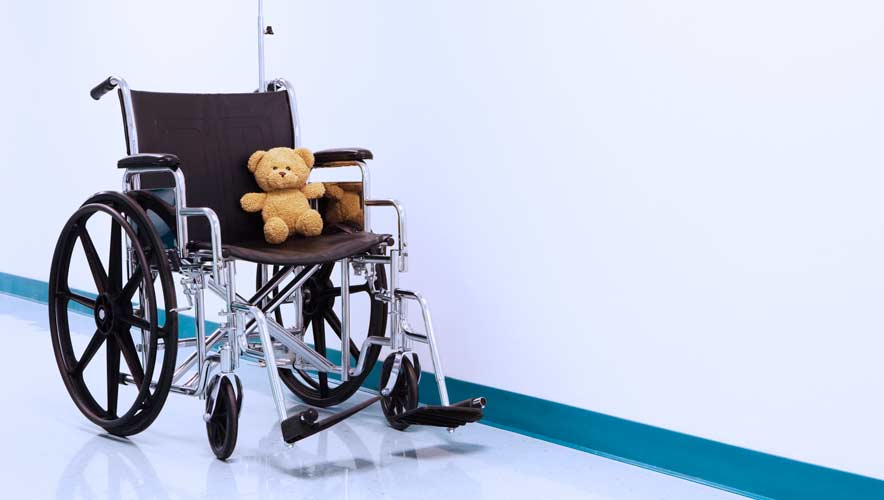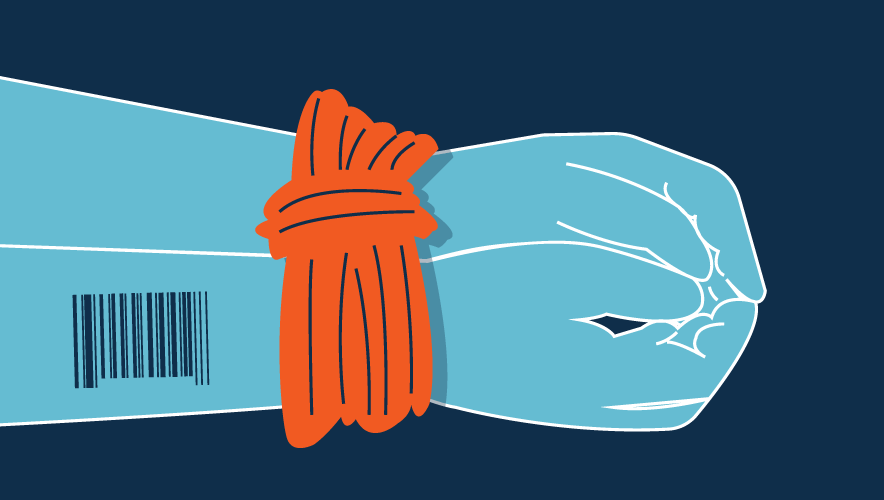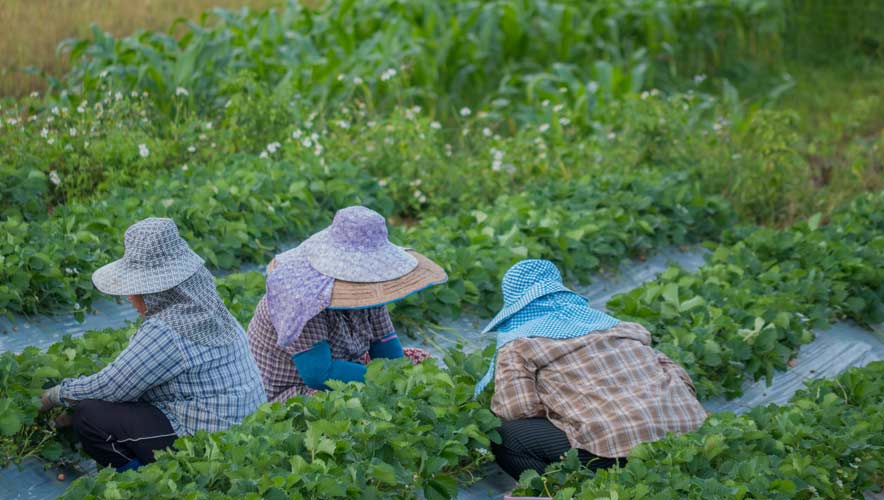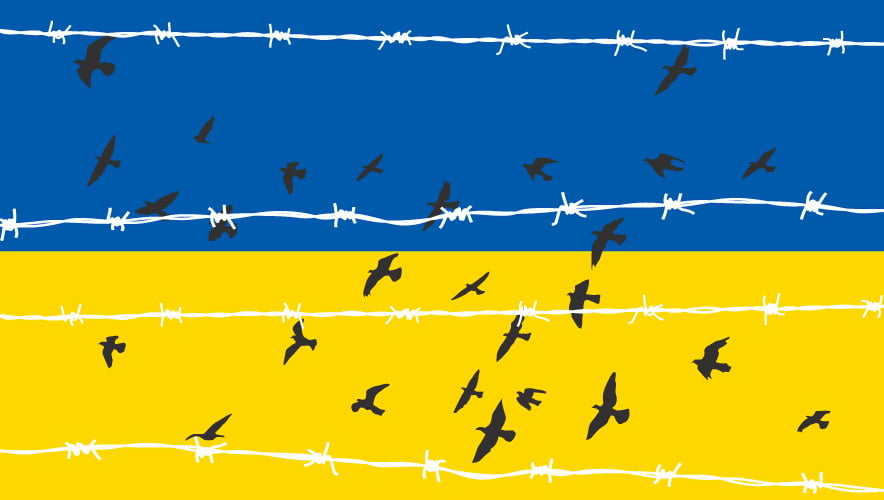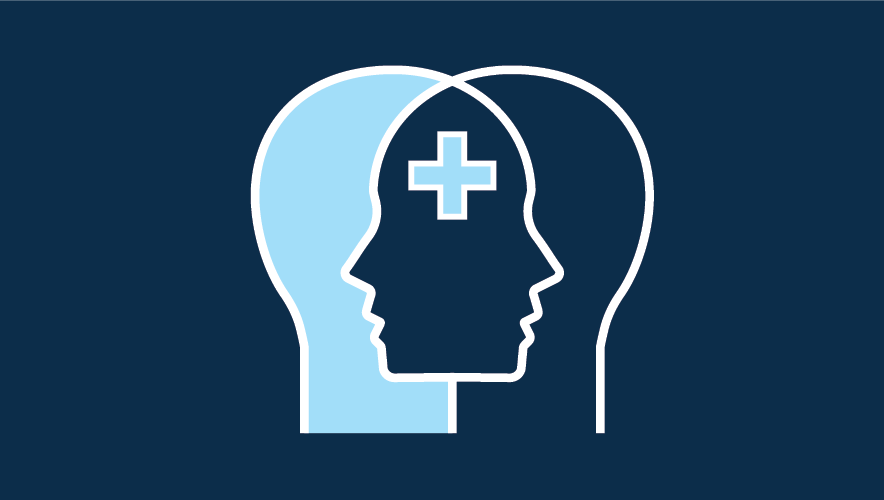Phoenix Children’s Hospital Applies a Multi-Disciplined Approach to Pediatric Protection
Since its opening in 1983, Phoenix Children’s Hospital offers its patients various medical services including evaluation, stabilization, and treatment.
As a Level 1 pediatric trauma center—the only one in Arizona—the hospital takes in patients from not only all over the state, but also from across the U.S. West Coast and Mexico. The hospital, which recently finished the addition of 10th and 11th floors, can offer 750 licensed beds for patients.
The private, nonprofit healthcare system also has the Phoenix Children’s Yuma Center in Yuma, Arizona, with plans for additional facilities in Avondale and Scottsdale. Altogether, the existing facilities are supported by more than 5,000 employees, including doctors, nurses, administrators, and other staff.
“There’s always change here and always new growth, which brings its challenges but rewards as well,” says Rick Black, security manager for Phoenix Children’s Hospital (PCH). Black joined the hospital’s security team 15 years ago, at roughly the same time as PCH began to expand its facilities and services. During his tenure at PCH, the company Black worked for was acquired by GardaWorld in December 2021 and Black stayed on after the acquisition.
While PCH’s patients are almost all children, the patients’ families are a significant presence, too, offering comfort and support. When the COVID-19 pandemic hit the United States in 2020, the hospital implemented additional restrictions, including allowing only one legally authorized representative (LAR) to be with the patient at a time. LARs can be a parent, grandparent, or an adult with the legal authorization to make any medical decisions on behalf of the child. This rule is one of several regulations that all hospital staff, including Black’s security team, need to be aware of to protect both patients and the hospital.
“Working at a hospital, there’s a lot of regulations. There’s a lot of training and money put into our officers,” Black says.
To meet the security demands of the hospital, Black decided years ago to shift the culture of his department to present it as a career path for employees. The efforts paid off—in 2021, the PCH security team was recognized as an International Association for Healthcare Security and Safety (IAHSS) Program of Distinction. The distinction is achieved when the department achieves and maintains at least 70 percent of their officers, managers, and directors at a current basic, advanced, or supervisor certification. The department leader must also be a current Certified Healthcare Protection Administrator (CHPA), which is the case with the hospital’s director of security and safety, Craig Crosby.
To achieve this recognition, Black began requiring additional training for his more than 50 officers, including active shooter response, crisis intervention, CPR, de-escalation, IAHSS certifications for healthcare security officers, patient restraint, STOP THE BLEED, and more.
De-escalation and crisis intervention techniques were particularly emphasized because none of the hospital officers carry firearms on the premises. Further supporting security officers is a dual-purpose K-9 program, with four working dogs trained to detect explosives and firearms, as well as provide protection on command. Since the implementation of the K-9 program in September 2019, the dogs have found multiple firearms and diffused various incidents.
“Security is a very multi-disciplined approach,” Black says, noting that the department’s training complements how officers approach a variety of issues and situations.
Another part of the department’s culture is maintaining open lines of communication with other hospital programs, encouraging them to share information with the security team. Maintaining those lines of communication—which Black cites as “the first key to success”—not only helps break down barriers between hospital departments, but has additional benefits.
“In a lot of places, security is looked at as a necessary type of position that they have to have and really don’t play a huge role in certain organizations,” Black adds. “…Having the communication that we have with the other departments allows us to be brought into certain situations before they get out of hand. It gives us an opportunity to try to de-escalate and fix the problem before it does get to that point where it turns into a critical incident.”
The training supports other security components, including access control with keys and employee access badges, visitor management systems, and network video recording systems. The security department also got involved in threat assessments, social media intelligence analysis, crisis training, and active violence certification.
Since COVID-19 swept across the world, Black says he has noted an increase in trafficking of children.
Stressors triggered by the pandemic—such as unemployment and stay-home orders—resulted in increases in anxiety, depression, divorce rates, and drug abuse, which heightens risks for children.
“It pushes these kids, especially when they were out of school for so long, it pushes them to be more on their social media accounts than ever before because they don’t have anything else to do,” Black says. “That’s where the grooming for human trafficking takes place.”
And given that the hospital specializes in treating young patients, Black knew that training in identifying trafficking victims and intervening on their behalf should involve more than security personnel.
Black invited speakers from the FBI and the Phoenix Police Department to conduct classes with medical staff, enlightening them on how to recognize signs of human trafficking. This training is essential since when trafficked kids are brought in as patients, they “are very brainwashed and they are very manipulative; the only thing they want to do is get out of the hospital and go back to the person that is trafficking them,” Black notes. “…These kids are groomed for quite a while before they actually end up being taken or run off with some of these people.”
Sometimes, a child may come in with a “mother,” which Black describes as a high-ranking female working within the trafficking organization who manages younger or less-experienced children, usually girls. This older woman is sent into a hospital to ensure the child does not incriminate the traffickers to hospital staff or law enforcement.
“But many times, the girls are too brainwashed or too scared or too intimidated to say anything, knowing that there’s going to be repercussions for it,” Black says.
Whether the child is anxious to return to a trafficker out of fear of repercussions, or because of a sense of obligation to the trafficker, or for other reasons, “many of them will do whatever they can to elope from a hospital,” he adds.
The education that medical staff receive about trafficking victims is only one part in how the hospital addresses the issue. Having already established lines of communication between security and other departments, once the PCH security team is aware that a patient is likely also a trafficking victim, the response kicks in.
To prevent children that the PCH security team reasonably suspects of being trafficked from prematurely leaving, the PCH security team places the child in a room with a sitter. The child is given a hospital gown, while the child’s clothing, shoes, and belongings—especially cell phones—are secured in a locker.
This gives the security team time to reach out to peers in law enforcement or other partners within the hospital or in other organizations. It also ensures that the child has a harder time trying to escape back to a trafficker.
“If they do get out of the hospital somehow, they’re going to be easy to spot. They’re not going to get very far with bare feet,” Black says.
